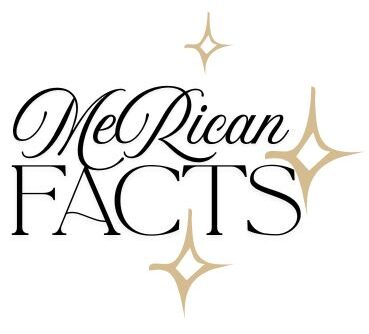American Identity as a Shifting Narrative
American identity has never remained fixed. Each generation has redefined what it means to be American by responding to cultural shifts, political events, and economic changes. This constant redefinition ensures that the nation’s identity reflects both tradition and transformation.
Colonial Foundations of American Identity
The earliest foundations of American identity formed in the colonial era. Settlers combined European traditions with the realities of a new land, shaping values of self-reliance and community governance. Tensions between colonial life and imperial oversight gave rise to a distinct political culture, laying the groundwork for independence. This period created the first threads of identity that emphasized resilience, adaptation, and a growing sense of autonomy.
The Revolutionary Generation and National Formation
The Revolutionary generation solidified American identity through the struggle for independence. The fight against imperial control forged values of liberty and representation that remain central to the nation’s self-image. Leaders of the time sought to craft a unified identity from diverse colonies, relying on shared symbols and civic rituals. The Constitution and the Bill of Rights became cornerstones of this identity, embedding political ideals into cultural life.
The Nineteenth Century and Expansion of Identity
As the nation expanded across the continent, American identity absorbed themes of exploration, migration, and industrial growth. Westward movement reinforced a culture of ambition, while urbanization introduced new challenges of diversity and labor. Slavery and its abolition revealed deep fractures in the national identity, culminating in a Civil War that redefined the meaning of unity. By the end of the century, the idea of America carried both the promise of opportunity and the scars of division.
Immigration and Cultural Transformation
Immigration reshaped American identity as millions arrived from Europe, Asia, and beyond. New communities carried languages, religions, and customs that broadened the cultural landscape. Urban neighborhoods became centers of cultural exchange, blending traditions into new forms of expression. Generations of immigrants contributed to a dynamic identity, one that celebrated diversity while negotiating the challenges of assimilation and inclusion.
The Twentieth Century and Global Identity
In the twentieth century, America’s role on the global stage influenced how its identity evolved. Two world wars and a growing international presence shaped values of strength and leadership. The civil rights movement challenged long-standing inequalities, redefining the meaning of freedom and citizenship. Economic growth, technological innovation, and cultural exports further expanded the nation’s influence. This era solidified the United States as both a domestic and international symbol of progress and conflict.
A Realistic Scene of Generational Exchange
In a family home, three generations gather around a dinner table. A grandparent recalls stories of postwar America, describing rationing, rebuilding, and the pride of national unity. A parent discusses the cultural shifts of the late twentieth century, from civil rights to rapid globalization. A teenager listens, comparing these accounts to life shaped by digital technology and global connections. The exchange illustrates how American identity passes through time, carried in personal stories that reflect broader historical currents.
The Digital Age and Identity Redefined
The digital age has transformed American identity once again. Instant communication, social media, and global networks shape how individuals express belonging. Traditional boundaries of region and class blur as online communities redefine cultural influence. At the same time, debates about privacy, representation, and truth highlight the challenges of identity in a connected world. This generation adds a new dimension to the evolving story of America, where identity is negotiated in both physical and digital spaces.
The Continuity of Change in American Identity
Though American identity shifts across generations, certain themes endure. Ideas of freedom, opportunity, and innovation remain central, even as each era interprets them differently. The nation’s identity is strongest when it adapts without losing connection to its foundational values. This continuity ensures that American culture reflects both history and modernity, weaving old ideals into new contexts.
Generational Layers of Identity
The evolution of American identity shows how each generation leaves a mark on the nation’s character. Colonial resilience, revolutionary ideals, expansion and migration, immigration, global leadership, and digital transformation all form layers of meaning. These layers do not erase one another; instead, they build a complex and enduring identity. By tracing this evolution, we see America not as a fixed idea but as a living narrative, shaped by the people who define it across generations.

